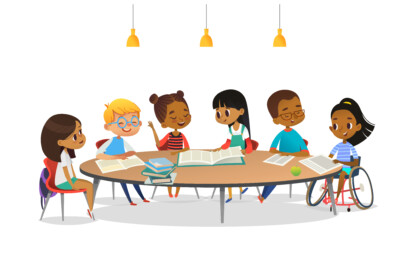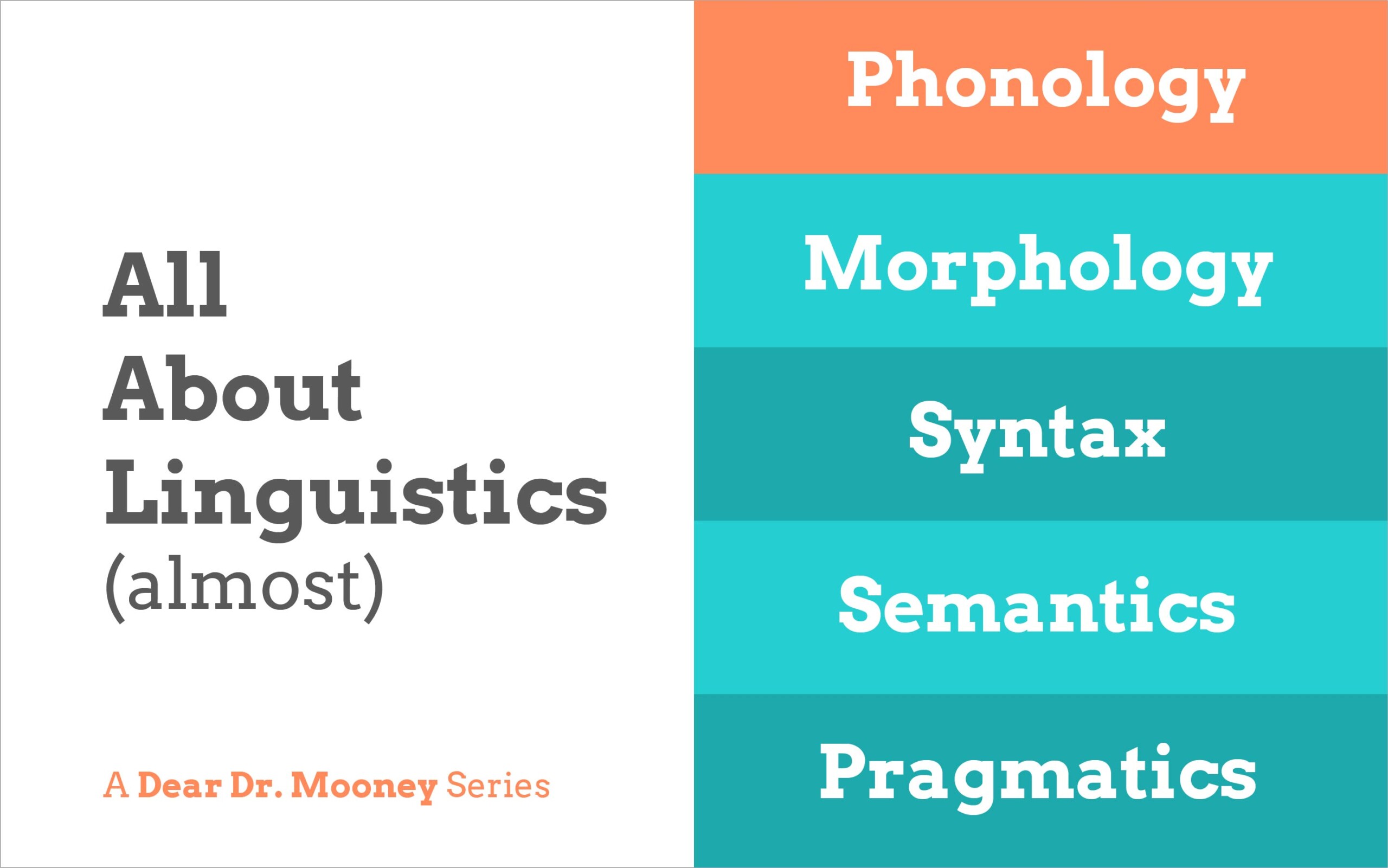Dear Dr. Mooney,
I’ve heard that teachers should provide comprehensible input to students, because it is supposed to help them acquire English. My question is – How?
It feels like I should know the answer to this question, but I’m just not sure. I show my students pictures or videos of the content we’re learning. Sometimes, I can even find a book in their native language, which definitely helps them understand. But is there something else I could be doing?
Signed,
Still Unsure
Yes, comprehensible input is the way people acquire language. Krashen (2013) says it needs to be input that is both comprehensible and compelling. You are doing the right things by showing pictures or videos and providing texts in your students’ native languages. All of these make the content more understandable for them. It’s a win-win situation, because they’re not only learning the content that’s required, but they are acquiring English without even realizing it!
One of the easiest ways to provide comprehensible input for your students is to give them opportunities to talk with one another. Sure, the informal talk that goes on between students in the classroom or at lunch is beneficial, but you can provide additional avenues for them to get comprehensible input by including group work in your lessons.
Previously, we talked about the benefits and the challenges of group work. Here, I’ll suggest some ideas to keep in mind when designing effective group work activities.
Provide Clear, Explicit Instructions
Group work often goes awry when students don’t know exactly what they’re supposed to do. They may use their confusion as an excuse to talk about something else or to do nothing at all.
Before releasing students to their small groups, be sure to give clear, explicit instructions. This requires you to think through all the possible ways they might be confused and work to address them first. Consider following this procedure:
- Format the instructions in steps the students can follow.
- Explain the instructions for the group work while writing the steps on the board or referring to the digital directions projected on your screen.
- Call on one, or several, students to repeat what they are supposed to do.
- Answer any remaining questions about the tasks you are requiring.
This last step is tricky because English learners will often not tell you they have questions. They might be embarrassed to admit it when it seems others understand, or it could be a cultural response. Some cultures respect the position of the teacher so much that to tell you they don’t understand is to imply you’re a poor teacher.
Require talk
Try to design group work tasks that require talk. Sometimes there are tasks that we think students will talk through, but instead, they each do their own work, or one person does the work while others in the group sit quietly. Consider the various ways students may respond to the task and work to insure they must speak in order to participate. An additional benefit is that the more the task requires talk, the more students will stay on-task. They will also be providing more comprehensible input for their peers.
Most ELs are going to be comfortable speaking with a small group of their peers; however, if you have newcomers, they may still be in the silent period, and that’s okay. Just know they are busy acquiring language from all of the input they are hearing.
Know the Outcome
Students must know the explicit outcomes of the group work ahead of time. They will be tempted to get off-task if they don’t understand the purpose of the work.
Be sure to think about and explain:
- What are they supposed to be talking about and doing during this time?
- What should they accomplish by the time group work is over?
- What deliverables are you expecting?
- Will they have to report to the class?
- What should their report include?
When students know the expected outcomes, they are more likely to engage in productive discussions, which help to accomplish your content objectives and provide comprehensible input for others.
Make It Cognitively Appropriate
The group work tasks must be cognitively appropriate. Asking groups of high school students to build with blocks is probably not cognitively appropriate unless the activity is tied to an academic outcome based upon literature they’re reading or a geography concept, for example. Just because ELs may struggle with academic language does not mean they should be relegated to tasks that are below their cognitive level. Instead, teachers must provide the necessary scaffolding so that all students can work to achieve grade-level outcomes. Requiring students to work with peers in small groups is one way to provide the support they might need.
Providing comprehensible input is a primary responsibility of any teacher working with English learners. However, sometimes the best input can come from their peers during well-designed group work. The potential outcomes are certainly worth the effort!
Krashen, S. (2013). Second language acquisition: Theory, applications, and some conjectures. Cambridge, UK:
Cambridge University Press.
Suggestions are adapted from Scaffolding Language, Scaffolding Learning by Pauline Gibbons (pp. 54-58).
Read Dr. Mooney’s review of this resource.









Comments are closed.
[…] If you teach at the secondary level, your primary goal is still to provide as much comprehensible input as possible. This may come from you, but it can also come from the other students in your classroom. […]